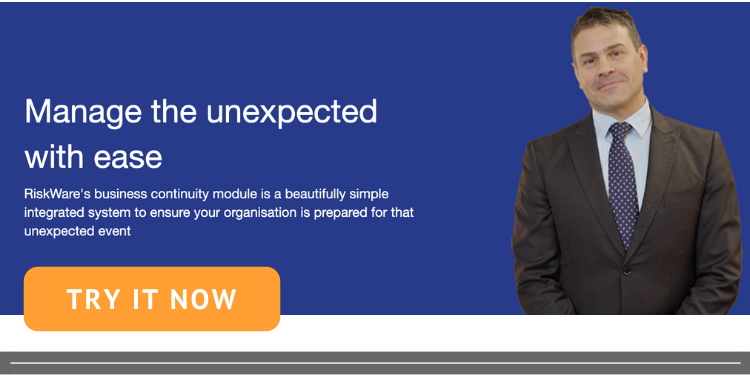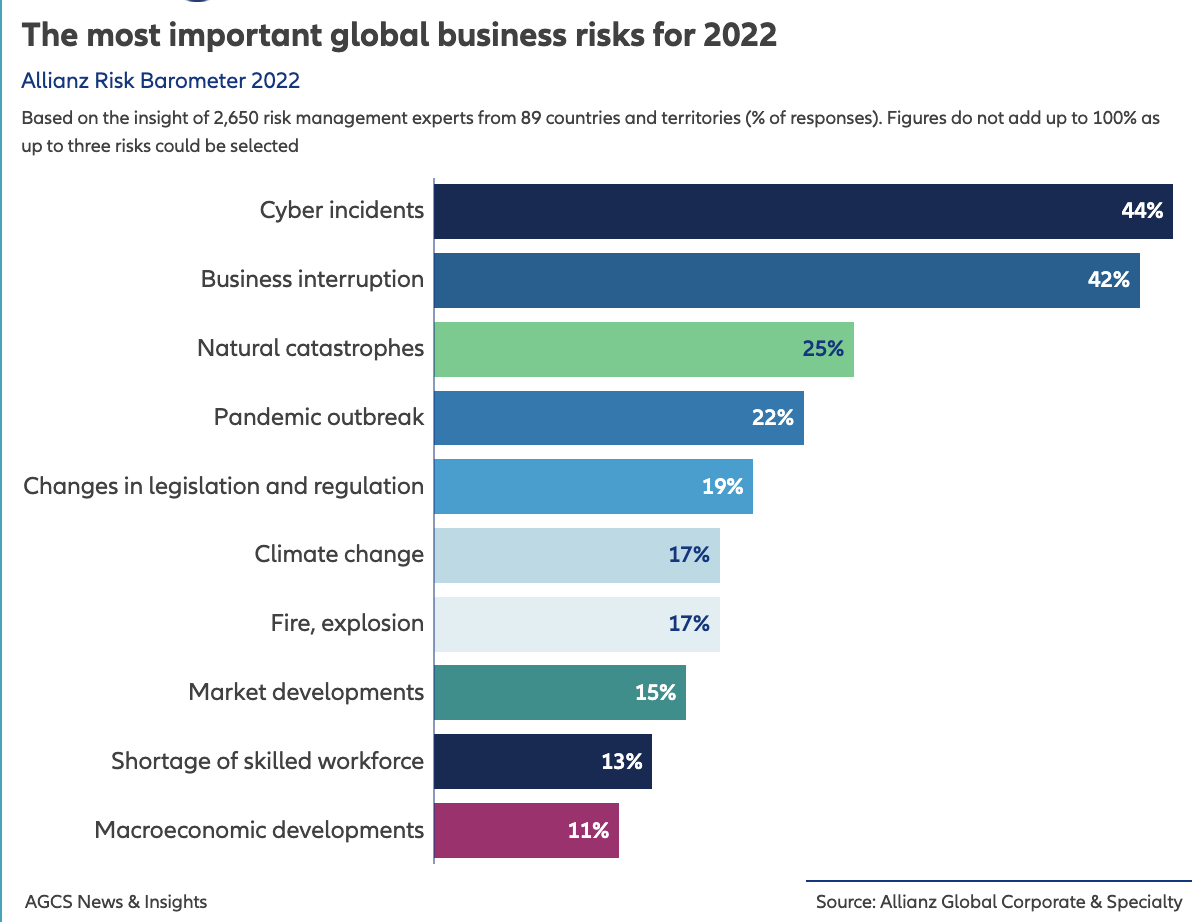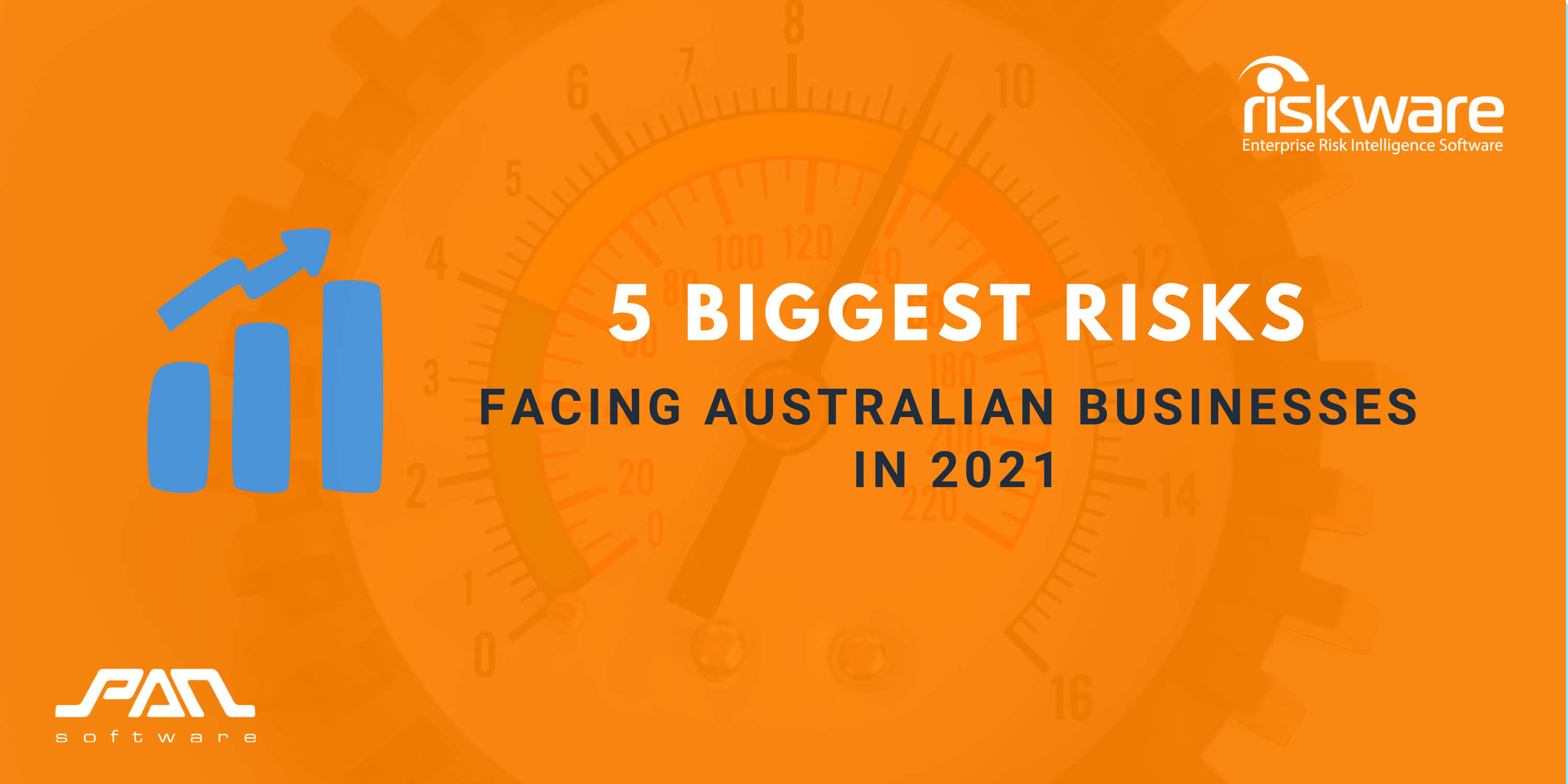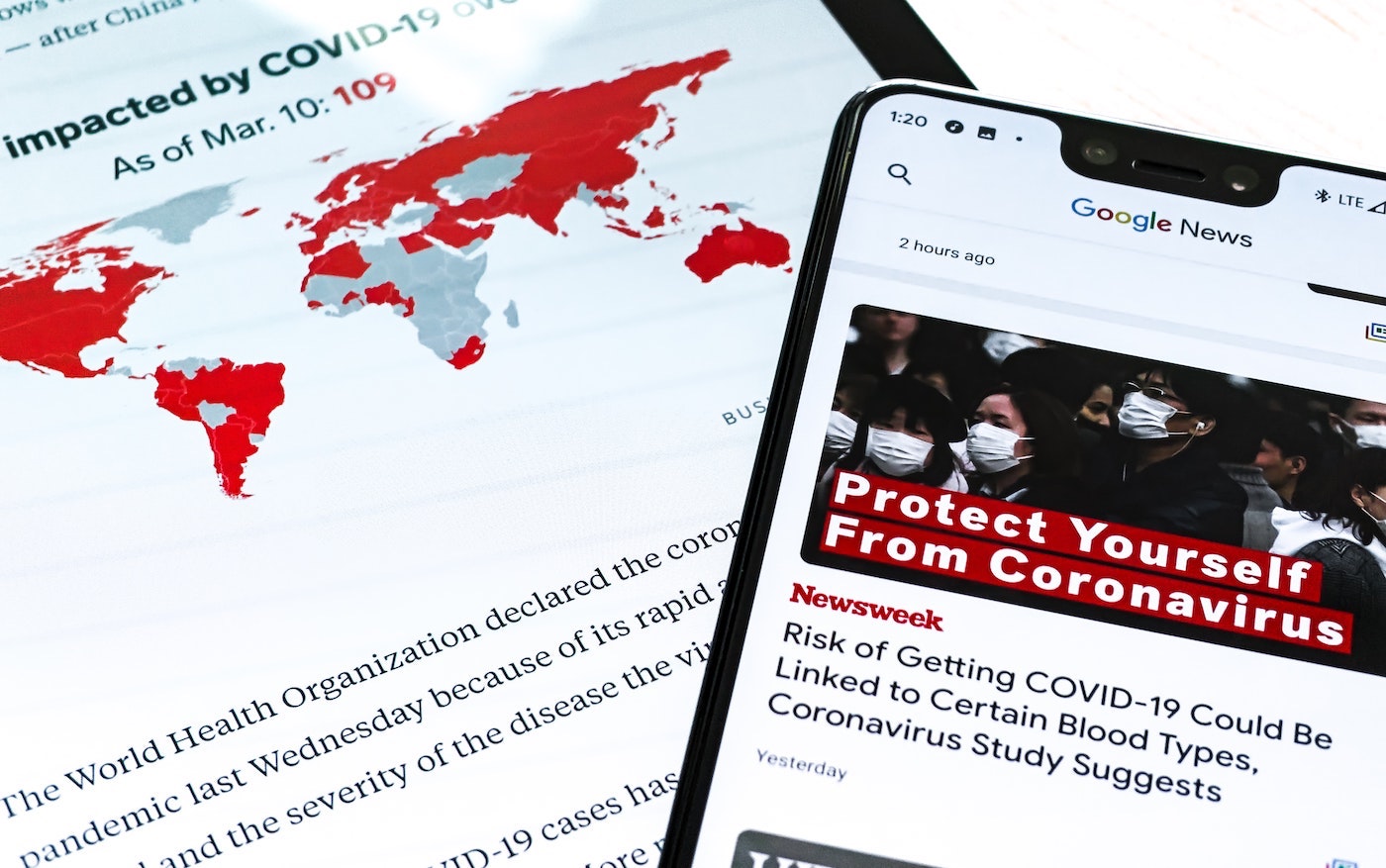When it comes to risk management, there are numerous terms that get thrown around and the world of business continuity is no different. While every organisation should prioritise business continuity (BC) as it is essentially a framework that ensures your business is prepared to survive the unexpected, all these terms can make the process of building a business continuity management (BCM) plan overwhelming and intimidating.
 Source: Lamda Hellix
Source: Lamda Hellix
As with all industries, however, there are certain key terms that you should know for effective business continuity management planning and to ultimately enhance your organisational resilience.
5 Key Business Continuity Terms to Manage Your Risk
- Critical Business Functions (CBF): These are the critical operational or business support functions that would significantly threaten your organisation if they were to be disrupted or unavailable for a given amount of time. They can consist of a single process or several processes contributing to a final product or outcome. Examples of critical business functions include accounts payable, record keeping tasks and product delivery.
- Business Impact Analysis (BIA): Not sure how to determine your critical business functions? This is where a business impact analysis comes in. A BIA not only assesses the processes or functions critical to your organisation, but furthermore, explores the threats and risks inherent in your operations and the potential impacts disruptive events may have. It's worth considering software like RiskWare's Business Continuity module in managing your business continuity planning in order to help you easily create a BIA.
- Business Continuity Plan (BCP): Once your organisation has undertaken a business impact analysis and knows the risks it potentially faces, a BCP is the next step and arguably the most critical component of your overarching business continuity management plan. A BCP captures all the information an organisation needs to keep its business running in light of an incident or crisis and provides direction for recovery afterwards, so operations can be back up and running as quickly as possible. To start preparing your organisation's BCP, read our recent blog post 5 Steps to Get Your Business Continuity Plan Right.
- Disaster Recovery Plan (DRP): A disaster recovery plan is an approved document that defines the resources, actions, tasks and data required to specifically manage the recovery of communications, hardware and IT assets after a disaster. It focuses specifically focuses on getting technical operations back to normal in the quickest amount of time possible and is considered a subset of business continuity planning.
- Crisis Management Plan (CMP): A crisis management plan should also be prepared simultaneously with your organisation's business continuity plan. It documents the processes your organisation will follow to respond to a critical situation that would negatively impact your profitability, reputation or ability to operate.
While there are multiple other terms you'll encounter with your business continuity management planning, by knowing these five terms, your organisation is in good shape to get started and have the right conversations.
If you're in need of assistance with your BC efforts, don't hesitate to invest in tools like RiskWare's Business Continuity Module.
To learn more about how RiskWare is making the world a little less risky, visit us at RiskWare.com.au.

 Source: Lamda Hellix
Source: Lamda Hellix




Comments